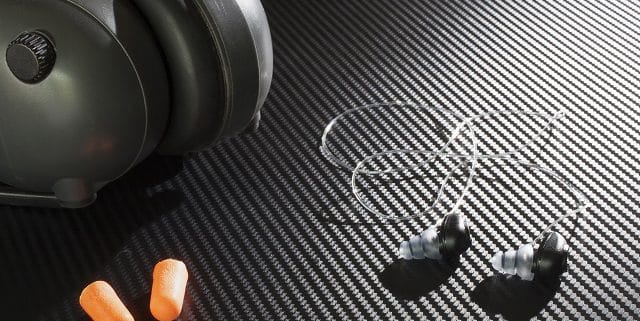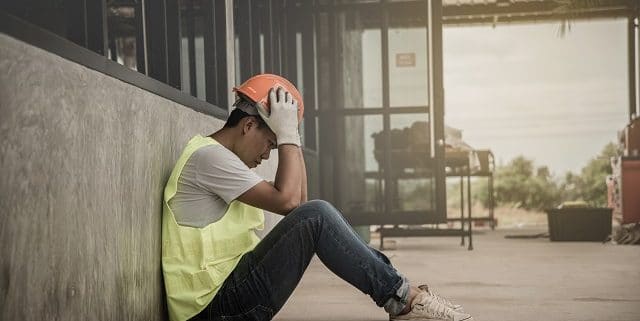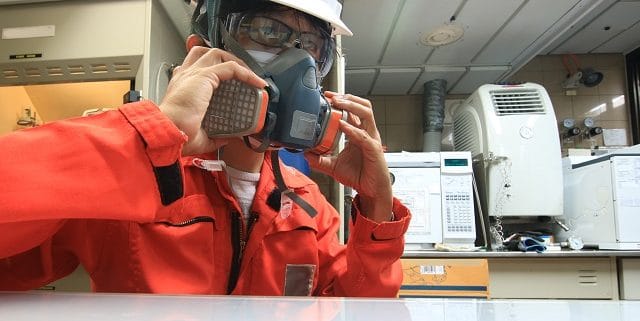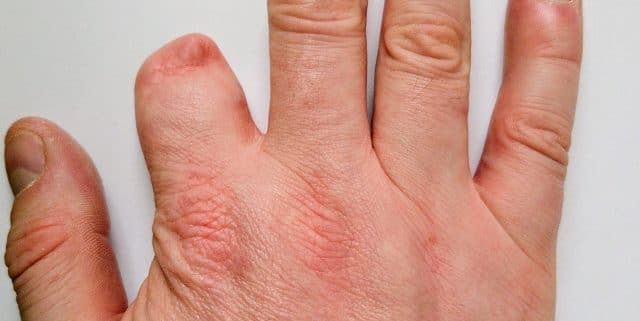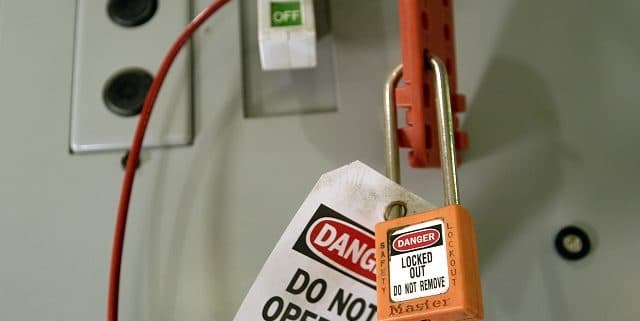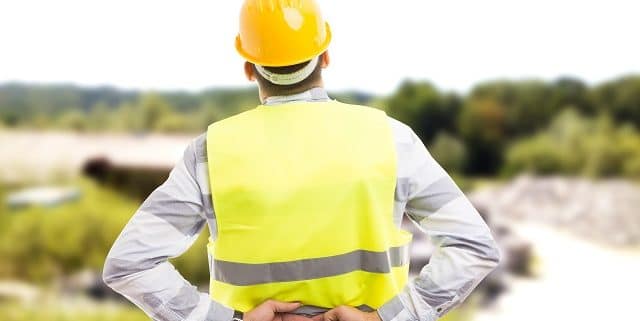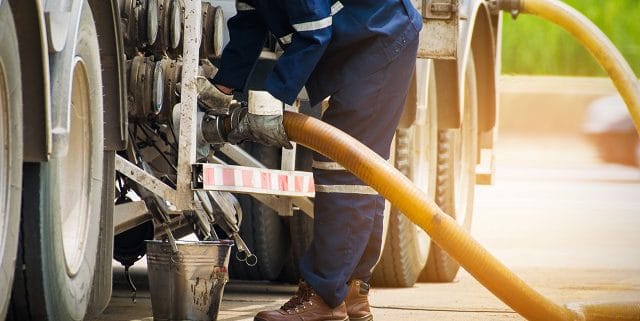Hearing Protection
Hearing loss is a natural progression of age. Is it common for an 80 year old to be yelling “Huh”? Of course it is. But without proper hearing protection, we are speeding up this process. So make sure you have the correct PPE on, or you could be yelling “Huh” just months into your career.
Anything above 85 decibels can be hazardous to your hearing. With grinding from 95-105 decibels, arc gouging at 115, to just using a common power tool at 94 decibels, we need to take the appropriate precautions.
You will usually have your choice of ear muffs or plugs. Muffs don’t always offer as much protection as plugs. Some ear muffs are not as protective with safety glasses, welding lids or hard hats unless you have the ones fastened right to your hard hat. Ear plugs are much more common and convenient. Usually the disposable kind are offered by employers. You can also get banded and custom ones. When using these, read and follow the directions. If your ear plugs are sticking out of your canals like Frankenstein bolts, they’re not working. Always make sure they are placed properly.
Ear protection should be worn at all times on site so pick what’s comfortable for you.
Wear the proper protection so hearing loss is only a possibility with age and when your spouse is nagging (Kidding… not kidding).

